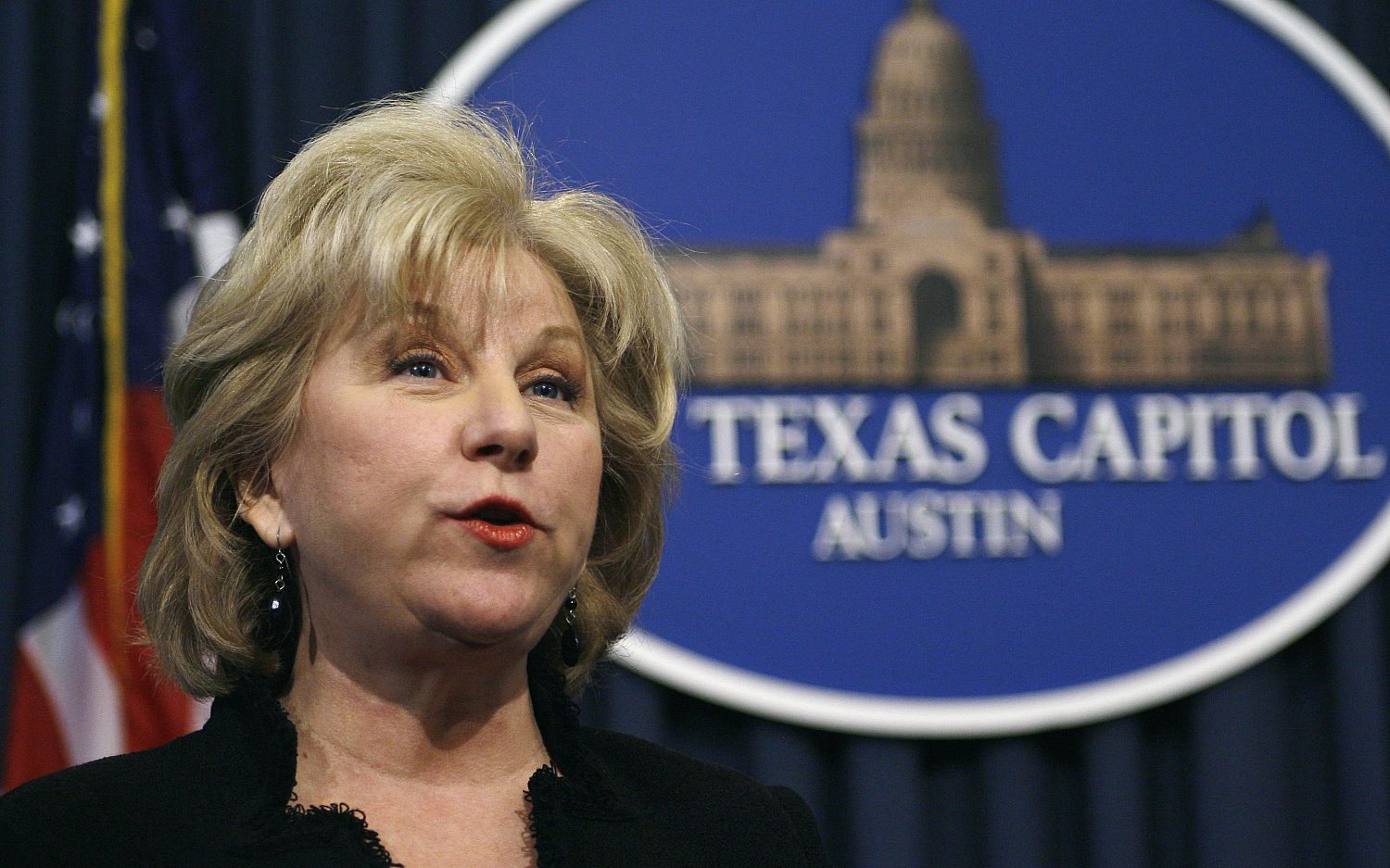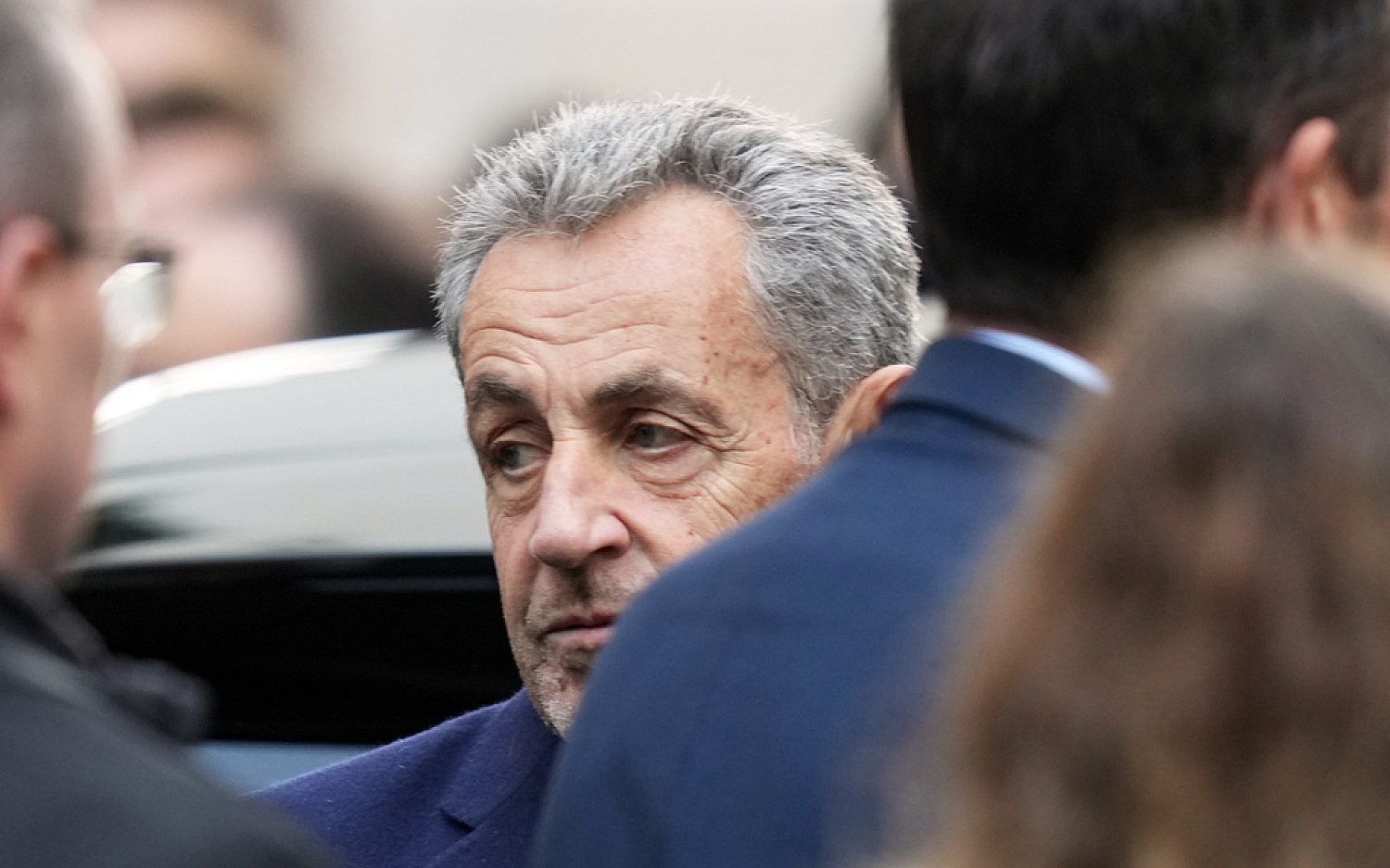Can gunfire detectors protect students from school shooters?
Soldiers use technology to identify gunfire in war zones like Iraq and Afghanistan, and in the wake of such tragedies as the Sandy Hook shooting in 2012, some American schools are adopting similar defense mechanisms.
Though the chance of a school shooting is small (Cato Institute reported in September that 0.009 percent of schools have experienced a shooting since December 2012), schools across the country are investing in technology and implementing increased training as a precaution against an active shooter entering the building.
While students were out of class for Veterans Day, a school in Methuen, Mass., simulated a school shooting to demonstrate its new detection system. Similar to the concept of smoke alarms, the sensors installed throughout the school detect and report to police and school officials the location of gunshots.
“[T]here was always the added danger of an active shooter, roaming a large and complex building, which officers then had to search, room-by-room,” said Methuen Police Chief Joseph Solomon in a statement. “With Shooter Detection Systems’ Guardian, our officers know exactly where the shooter is, how many shots were fired, and if the shooter is moving to different areas of the building.”
Judith Scannell, superintendent of schools in Methuen, said in a statement hers is “the first school system in the nation to have this innovative new system.” But other schools are following suit. Shooter Detection Systems CEO Christian Connors said the company is putting the technology in two schools in Virginia and California as well. Depending on the building, the system can cost between $20,000 and $100,000.
The California-based company SST announced it also is installing a gunfire detection system called SecureCampus at Savannah College of Art and Design in Savannah, Ga.
According to a January FBI Law Enforcement Bulletin on active shooter events between 2000 and 2012, the median police response time was three minutes, and about half of the incidents ended before law enforcement arrived.
Technology might help officials respond more quickly, but students and teachers are learning they don’t have to wait helplessly for police to arrive. The Department of Homeland Security advises people to run, hide, or fight in the event of an active shooter, and students across the country are learning what action to take if an armed attacker stormed their school.
“We want to stress to them as students that the days of sitting there and waiting to be a possible victim are over and that it’s up to them to fight and do something,” Joe Beck, a police officer in West Chester, Ohio, told me.
Students in the Lakota School District, where Beck is a school resource officer, go through different training depending on grade level, from a power point presentation on what to do if someone entered the school with a deadly weapon to a video featuring “Safety Pup” and “stranger danger.” Schools also have drills in which students and teachers go into lockdown, possibly practice barricading classroom doors, and discuss scenarios such as what they might use in the room for defense or how they might tackle an assailant.
This summer, Lakota teachers underwent a more in-depth training that included learning they were doing a drill and then hearing three minutes of live gunfire (blanks only) in the building.
“We could definitely tell, especially them having no idea that was coming, that they had been under a lot of stress during that time, which was the point,” said Beck. “We wanted to safely inoculate them to some of the stress.”
In September, The Wall Street Journal reported five states have passed or amended laws since the 2012 shooting in Newtown, Conn., requiring schools to hold active shooter drills, according to the National Conference of State Legislatures. Many other states require schools to conduct lockdown or safety drills separate from natural-disaster drills.
Some say such precautions unnecessarily scare students and staff, but others argue it’s the best way for them to be prepared.
Beck summarized the goal of the instruction he gives students: “It is a healthy understanding of the possibility that now exists in our world, and they have an idea of what they would have to do under these circumstances.”
The Associated Press contributed to this report.
An actual newsletter worth subscribing to instead of just a collection of links. —Adam
Sign up to receive The Sift email newsletter each weekday morning for the latest headlines from WORLD’s breaking news team.




Please wait while we load the latest comments...
Comments
Please register, subscribe, or log in to comment on this article.